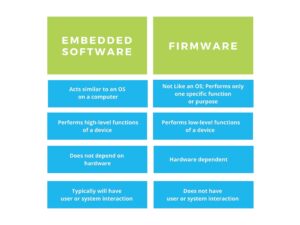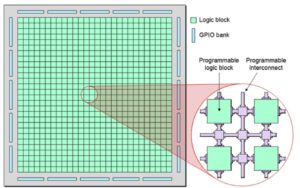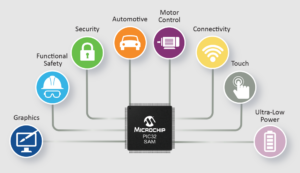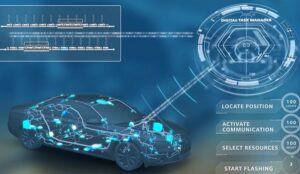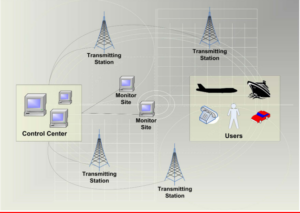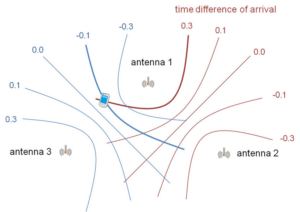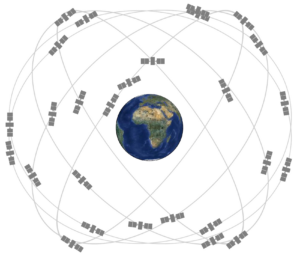Firmware, system software (also called embedded software), middleware and application software work collaboratively and perform specific functions in embedded systems. Firmware, system software, and middleware are generally preloaded in an MCU. Applications software may be preloaded but is often added after the system has been built. This FAQ reviews the functions and interactions between firmware, […]
FAQ
What do MCUs have that FPGAs don’t?
Microcontroller units (MCUs) have a computer processor unit (CPU) core, various types of memory, input/output (I/O) functions, and a range of integrated peripherals. Field programmable gate arrays (FPGAs) don’t have any of these features and consist of many configurable (or programmable) logic blocks, with a programmable interconnect overlay surrounded by numerous general purpose I/Os (GPIOs). […]
Factors to consider when selecting an MCU
Selecting the MCU is an important activity when starting a new project. Underspecify the MCU, and performance suffers; over-specify it, and the budget suffers. In either case, suffering is unwanted and unnecessary. It’s prevented by taking a thoughtful and thorough approach to MCU selection. This FAQ begins with a review of the baseline performance numbers […]
LTE-M: delivering a future-proof IoT
By Dima Feldman, VP of Product Management and Marketing at Sony Semiconductor Israel The CAT-1 LTE modem was initially defined in 2008 as a low-cost, low-power alternative to connect IoT devices that needed to transfer limited amounts of data. However, vendors and network providers at that time focused on higher throughput. The actual device introduction […]
Securing automotive ICs with formal methods
Best practices for protecting vehicles from hackers now include advanced verification techniques. John Hallman, David Landoll, Siemens EDA It’s no secret that much of the control for modern vehicles takes place via ICs, and any access to them may give an outsider uninvited control of the car. It is a challenge to identify the security […]
What? LORAN may be back? Why? How? Part 3
The defunct, obsolete LORAN navigation system is being revived with enhancements to overcome GNSS’s potential performance and availability risks. Congress debated whether to retain and upgrade the LORAN-C infrastructure to become enhanced LORAN (eLORAN), a national backup to GPS. In October 2009, Congress enacted a Department of Homeland Security appropriations measure allowing LORAN-C termination. […]
What? LORAN may be back? Why? How? Part 2
The defunct, obsolete LORAN navigation system is being revived with enhancements to overcome the potential performance and availability risks of GNSS. Before GNSS and GPS, and before INS systems were available, another type of RF-based position-determining system was in wide use: LORAN. Q: What is LORAN? A: LORAN is short for LOng RAnge Navigation. LORAN, […]
What? LORAN may be back? Why? How? Part 1
The defunct, obsolete LORAN navigation system is being revived with enhancements to overcome the potential performance and availability risks of GNSS. There’s no need to tell the readers of this FAQ about the impact of global navigation satellite systems (GNSS) on positioning, navigation, and timing (PNT) services from global, regional, or even localized perspectives. Billions […]
Improved estimation of automotive radar signal strength
The signal strength of automotive radar can be estimated from the target radar cross section and distance. Greg Lee, Keysight Technologies Sir Robert Watson-Watt is generally credited as radar’s inventor, having developed the first practical system in 1935 and later applying radar to aircraft and weather. We’ve since used radar to monitor everything from ballistic […]
Evolving radar technology in ADAS
Lidar may become unnecessary for future autonomous vehicles thanks to advances in highly integrated RF chips. Prajakta Desai, Texas Instruments Over the years, the application of radar within the automotive industry has improved both safety and convenience. Radar can work in extreme environmental conditions such as rain, snow, dust and bright sunlight and also provide […]

